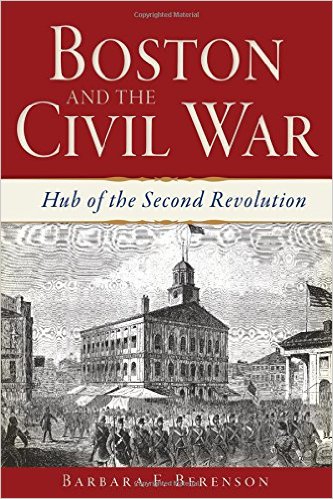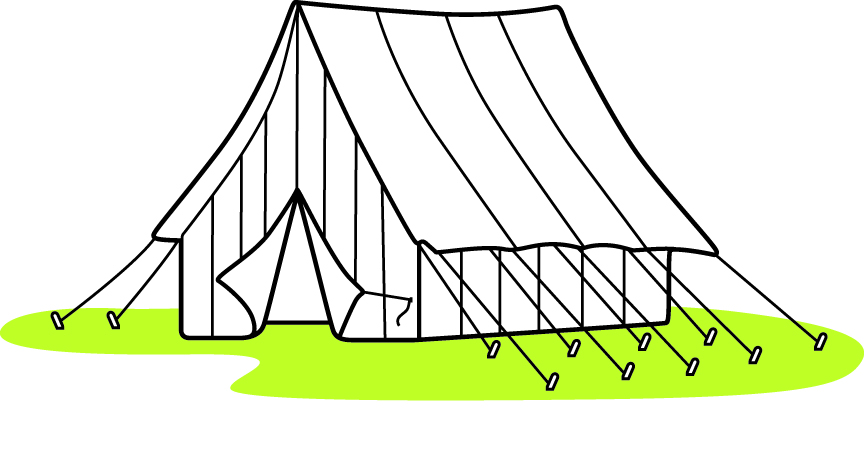Boston and the Civil War: Hub of the Second Revolution by Barbara Berenson. The History Press, 2014. Paper, ISBN: 978-1609499495. $14.99.
 Boston and the Civil War: Hub of the Second Revolution is Barbara Berenson’s second book about Boston to appear during the nation’s sesquicentennial remembrance of the Civil War.
Boston and the Civil War: Hub of the Second Revolution is Barbara Berenson’s second book about Boston to appear during the nation’s sesquicentennial remembrance of the Civil War.
The text is organized into ten chapters that move mostly chronologically, from the founding of William Lloyd Garrison’s The Liberator to the passage of the Thirteenth Amendment and the assassination of President Lincoln. The author claims that many people are unaware of Boston’s connection to the abolitionist movement and its own history with slavery, a dubious straw man (9, 12). Berenson advances a straightforward but tenuous thesis, that “[The Liberator] and the radical movement it spawned would lead directly and inexorably to the Civil War thirty years later” (11).
In attempting to fit the square peg of Boston into the round hole of historical primacy, the reader is subjected to a barrage of biographies of Bostonians. These tend to be brief in nature, between 350 to 400 words each, and do not go into much depth or offer the reader anything new about these people. Much of the information on famous figures such as Garrison, Sumner, or Governor Andrew can be found elsewhere with relative ease. While Bostonians did make considerable contributions to our nation’s history, the attempt to make Boston the cause of the war requires ignoring some fifty years of American history that took place anywhere other than eastern Massachusetts.
The book itself is heavily illustrated, with numerous portraits alongside reproductions of broadsides, political cartoons, and paintings. These are excellently reproduced and provide the reader with primary source material.
Serious students of history will find few insights, as the text does not break new ground. While the writing is clear and straightforward, the text suffers from a number of misleading phrases and factual errors that distract from the narrative and could have been avoided with a better grounding in the relevant secondary literature. Some of these are fairly minor; it was the USS San Jacinto, not simply “USS Jacinto,” that initiated the famous Trent Affair (132). William Harvey Carver was awarded the Medal of Honor for retrieving the 54th Massachusetts’ national colors, not the state flag (153). Tellingly, the accompanying picture of Sergeant Carver purportedly holding the flag he rescued clearly shows him with the Stars and Stripes. While mistakes like these are easily overlooked, others are more serious. In her discussion of the Constitution, for example, Berenson stumbles when she repeats the popular but still incorrect claim that Article 1, Section 2, Paragraph 3 of the Constitution set the value of those bound to service as three-fifths of a free person (15).
Berenson’s view of Abraham Lincoln as a reluctant abolitionist who needed to be led to emancipation by eminent Bostonians represents a narrow understanding of our nation’s sixteenth president and his complex and sometimes contradictory relationship with race and slavery. While it is true that much of the general public was not openly friendly to the notion of emancipation during the early stages of the war, Berenson’s casual assertions that Lincoln was in need of persuasion rings hollow (127). In her telling, Bostonians and Massachusetts were squarely at the center of national events, so it is only after lobbying from Sumner that Lincoln signed the First Confiscation Act (129). While it is true that Lincoln was reluctant to sign, his hesitancy came from his personal interpretation of the act as potentially unconstitutional and therefore potentially damaging to other emancipation processes he might try later, not from any personal opposition to emancipation. The same is true of her analysis of Fremont’s Proclamation, which omits everything except the part about freeing the slaves of rebels. Lincoln’s decision to sack Fremont is thus cast not as part of a complex web of politics designed to appease Unionist border states made uneasy about draconian military policies, but rather out of Lincoln’s unwillingness to further the cause of abolition (130).
The text uses frequent quotations, but citations are few. While most of Berenson’s material came from publicly accessible material and many of the quotes are easily located, occasionally the reader is left wondering where particular source material came from (173). As a general survey of Boston at mid-century, this book serves well enough for casual readers or those devoted Bostonians who seek to consume all things related to their city. But serious students of history would be better served elsewhere.
John Patrick Riley is Adjunct Lecturer of History at Siena College.
